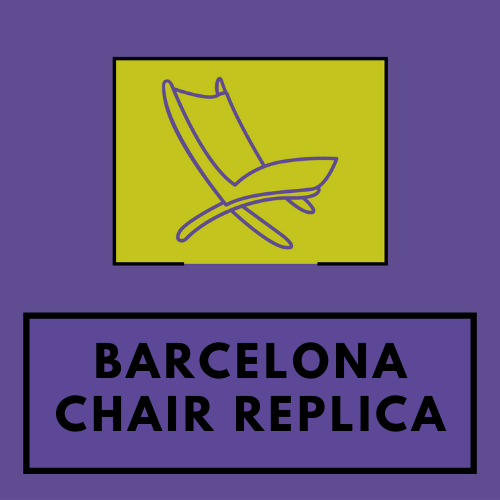Japandi: What’s all the fuzz about?
Why all of sudden Japandi is the last trend in Interior Design? What’s all the fuzz about?
Certainly, Japandi is the fusion in one only concept, of two powerful design philosophies: Japanese and Scandinavian. And one quick review will tell us that both trends share much more elements than what you may expect in a first look.
Minimalism: A shared value
Both Scandinavian and Japanese Styles have minimalism as their core value. From the Japanese perspective, minimalism is associated with enjoying the simple things of life, even its imperfections, with a deep contact with nature. From the Scandinavian side, minimalism is crucial request to keep a decluttered space. A simple, clean space relaxes our soul and senses, so we can look for comfort.
Wabi Sabi + Hygge
Its funny how both trends have two singular words that refer to its core principles. In Japanese Style, its all about Wabi – Sabi: Back to the basics could resume very well the meaning of this principle. Wabi Sabi means finding beauty in imperfection. Each word has a complementary meaning. While Wabi means Being one with nature with humility, Sabi means Accept the imperfections of nature just like they are.
In the case of Scandinavian, Hygge has to deal more with a sensation or a feeling, a Danish concept that encompasses the feeling of quiet comfort. Elements of hygge include plush textures, greenery, and warm, neutral shades. The feeling hygge is supposed to evoke is extreme coziness.
What really matters about Hygge: is about a feeling, produced by that quiet comfort, the main principle behind hygge is contemption.
As we see Japandi and Scandinavian have a lot to share and to offer. And together there is a lot to create.
For inspo, info, and great offers in furniture, don’t miss the opportunity in Barcelona Design, the alternative for Mid Century Modern style furniture, with masterpieces like the Barcelona Sofa or the Hans Wegner Shell Chair.

Recent Comments